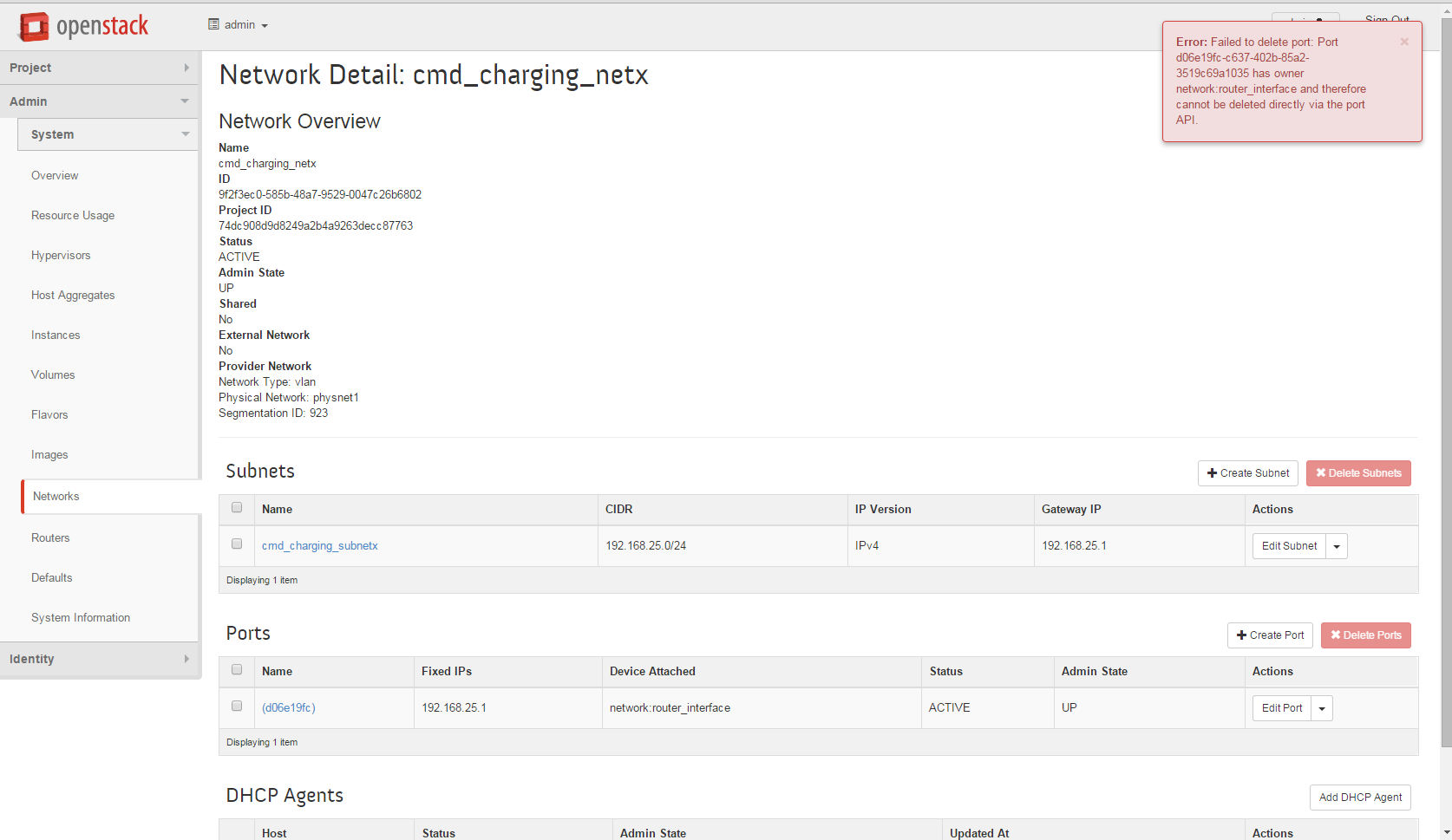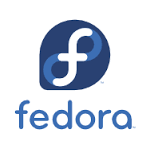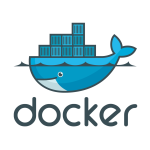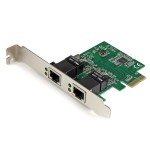OpenStack: How to Manually Delete Orphaned Neutron Port
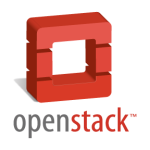
From time to time, especially during testing and automated script tenant deployment, my OpenStack cloud installation gets disordered. Situations when I am unable to delete neutron port in Horizon dashboard are pretty common phenomenon, this most likely leads to problem with deleting network which the problematic port belongs to.
In such cases we may need to edit OpenStack database, which is MariaDB, and manually delete orphaned neutron port related record from MariaDB ports table.
